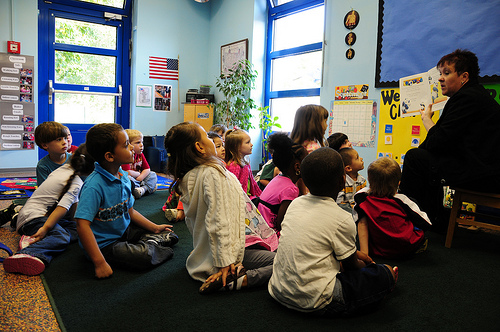In Philadelphia, students are receiving a helping hand from volunteer groups who aim to provide academic, social, and emotional guidance in schools with low resources. These mentors are available around the clock and offer the support students need but don’t always get in the public school system. One high school principal said, “We don’t have the resources to get to all the children. That’s why they fall behind. [The volunteers] let them know that they are cared for.”
This year, the district approved more than $2 million for three of the country’s largest volunteer organizations to mentor students in 57 schools. Volunteers range on a wide scale. Charles Corley, a member of Education Works corp, knows he was lucky he had a support group that pushed him to succeed. Now, at the age of 21, he mentors students to give them a chance just like he was given. Felicia Cooper is from West Philly and is a graduate from Lehigh University. She mentors students from her neighborhood to show them they can all get to college if they work hard. Â Then there are parents who want to give back to their child’s school by volunteering their time. Students need support systems to succeed. It is admirable that young graduates and proud parents realize the help they had, or didn’t have, and work to support younger students so they too can achieve their biggest dreams.
Article: They help because they can
PRINCETON UNIVERSITY grad Jerry Nnannabu said he’s determined to instill a love for math and science into the group of ninth-graders whom he mentors at Overbrook High School.
Read the full article at: philly.com


















